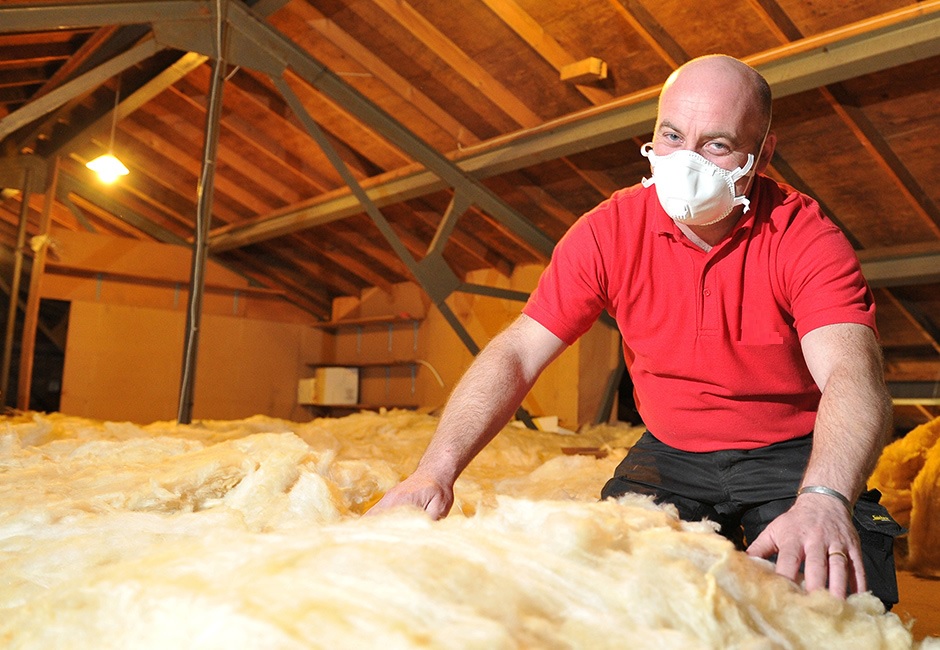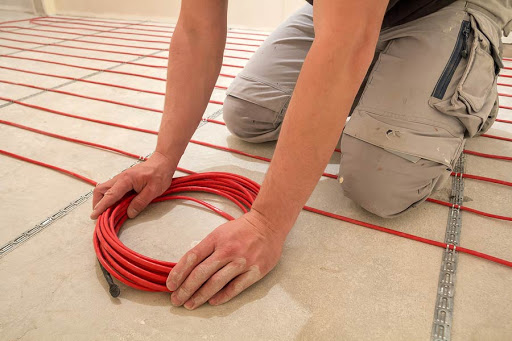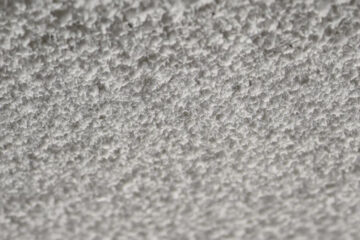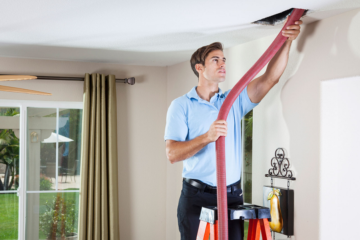Can you add Insulation to an Existing Home?

When you’re building a new home, insulation is easy. With the wall, floor and ceiling cavities exposed you can get it right the first time. But what about existing homes that have poor insulation? The fact is, a home with poor insulation costs you extra money on cooling and heating. It’s also not great for keeping household noise where it should be.
So, how do you go about improving or adding to the insulation in your existing home. Here’s a guide to help you maximize the comfort of your home.
Easiest First – Ceiling Insulation
Insulating your ceiling is essential because so much heat can enter and escape through there. The best thing is, it’s also the easiest part of an existing home to insulate. While it’s not always a lot of fun crawling around in your roof cavity, it’s the easiest part to access in an existing home.
All you need to do is choose the right type of batts, ensuring you measure the space between ceiling joists first. The more batts you can add without the need for cutting, the quicker and easier the job. The one thing you need to remember is that while you don’t want heat escaping through the roof cavity, you do need to ensure there’s ventilation.
So, when you’re sealing areas around chimneys and air ducts, for example, make sure there is still a place for heat to escape outside. Otherwise, you can experience moisture issues.
Wall Insulation for Existing Homes
Internal and external walls can be difficult to insulate in existing homes. The idea of tearing down all the plasterboards to install batts isn’t great. However, you can be smart about the process. If you’re doing any kind of renovations that require plaster removal, take the opportunity to insulate then.
Rather, there is another option if you can’t remove the plaster. Blow-in insulation is far less invasive and provides a great result. You may need to hire specialists or special machines to do this, but it’s worthwhile.
All you need to do is cut circular holes in the plaster, and use a special machine to blow insulation into the wall cavity. Once you’re done, patch up the hole and paint over it. Why not take the opportunity to freshen your home up and paint all the walls!

Underfloor Insulation
Firstly, underfloor insulation is thinner than the batts you put in your wall and ceiling. This makes it a little easier to work with, however accessing the area can be problematic. If you have carpet, you’re going to need to lift it all.
For those homes with exposed floorboards though, it’s certainly tricky. One trick a lot of people use is floating floorboards or some other form of raised flooring. If you’re thinking of sprucing up the flooring in your home, this is a great option. You can lay your underfloor insulation, and then add your flooring on top.
Adding insulation to existing homes can present a challenge, but you’ll be glad you did when those energy bills start reducing!




